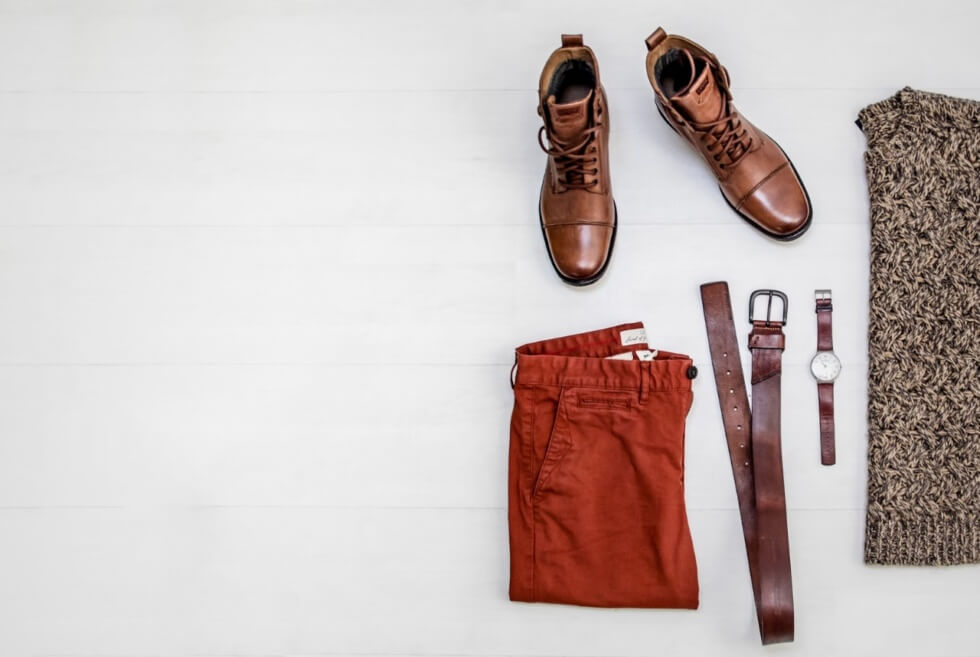What selvedge denim is to jeans, loopwheel knitting is to t-shirts and sweatshirts. Loopwheeling — a special tube-knitting method using cotton yarns — is an all-but-extinct manufacturing style associated with durable, high-quality fabrics. Nearly a century ago, large brands like Champion and L.L. Bean used it for their best stuff.
But unlike selvedge denim’s popularity, this heritage manufacturing process isn’t common in the apparel industry. Only a small handful of factories in the entire world are still producing loopwheeled fabrics, in places as far-flung as Japan’s Wakayama Prefecture and Germany’s Swabian Alps. According to some sources, no more than 200 working loopwheel machines even exist.
What’s more, the kind of machine that produces tube-knit loopwheeled fabric hasn’t changed much since it was patented in 1926, and no new machines were produced since the ‘50s when modern knitting machines began to dominate the industry. Each loopwheel machine is only capable of producing one diameter of tube knitting (read: one shirt size), which necessitates at least one additional machine for each additional size produced. These things also work very slowly, producing a few square meters of fabric per machine, per day; the raw material needed to make a single sweatshirt might take a couple of hours to knit. In order to make a full production run of one garment in multiple sizes and colors, even for a limited-run batch, a facility would need to run its dozens of machines for weeks or months on end — and they do, as evidenced by the offerings of a few small brands putting out modern loopwheeled garments.
So it’s no surprise that the industry transitioned away from this limiting production method, and adopted other ways to produce quality fabric quickly and cheaply. But small brands like Studio d’Artisan, Iron Heart and The Rite Stuff see an immense value in loopwheeled materials, and they’re willing to work with existing manufacturers to bring back a level of quality that’s hard to find anymore.
If you invest in a loopwheeled garment, it promises a softer feel and stronger construction than other knits made on modern machines; the fabric is woven with a high stitch count under as little tension as possible, resulting in a product that is arguably the best t-shirt material you can possibly get. And due to the density of the weave, it also tends to be more durable and less prone to fraying with extended use.
As you can imagine, these garments are anything but cheap; a lot of the cost incurred by the time-intensive production is passed onto buyers by necessity. You can expect to pay upwards of $70 for a t-shirt and as much as $300 for a sweatshirt. But with more brands bringing their own loopwheeled pieces into the market such as Drop Studios (the production arm of newly-rebranded Massdrop), it’s likely there will be more and more options with additional fits, colors, weights and price points available to people who want this quality and heritage for themselves.
In the meantime, a handful of brands are already doing great things with loopwheel knitting — these are some we recommend.












